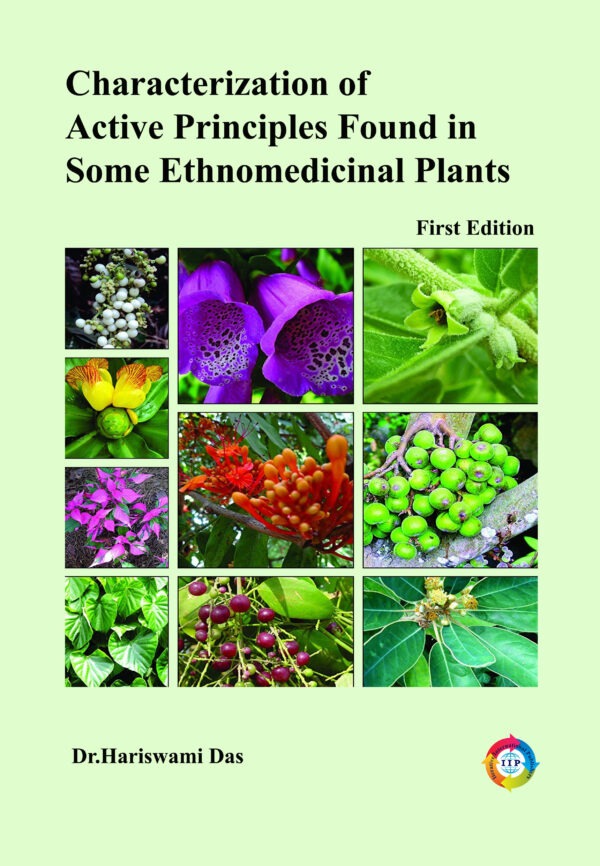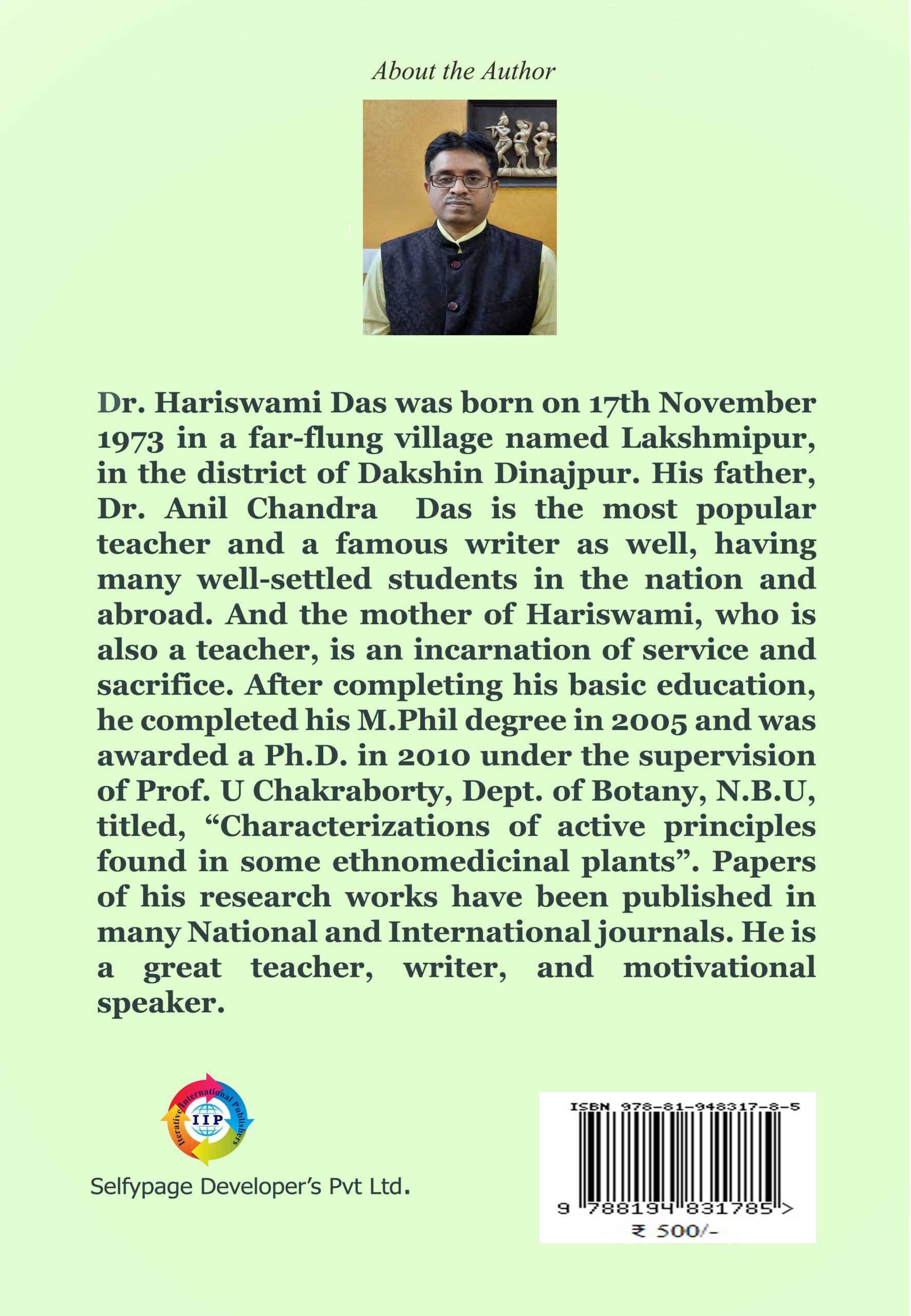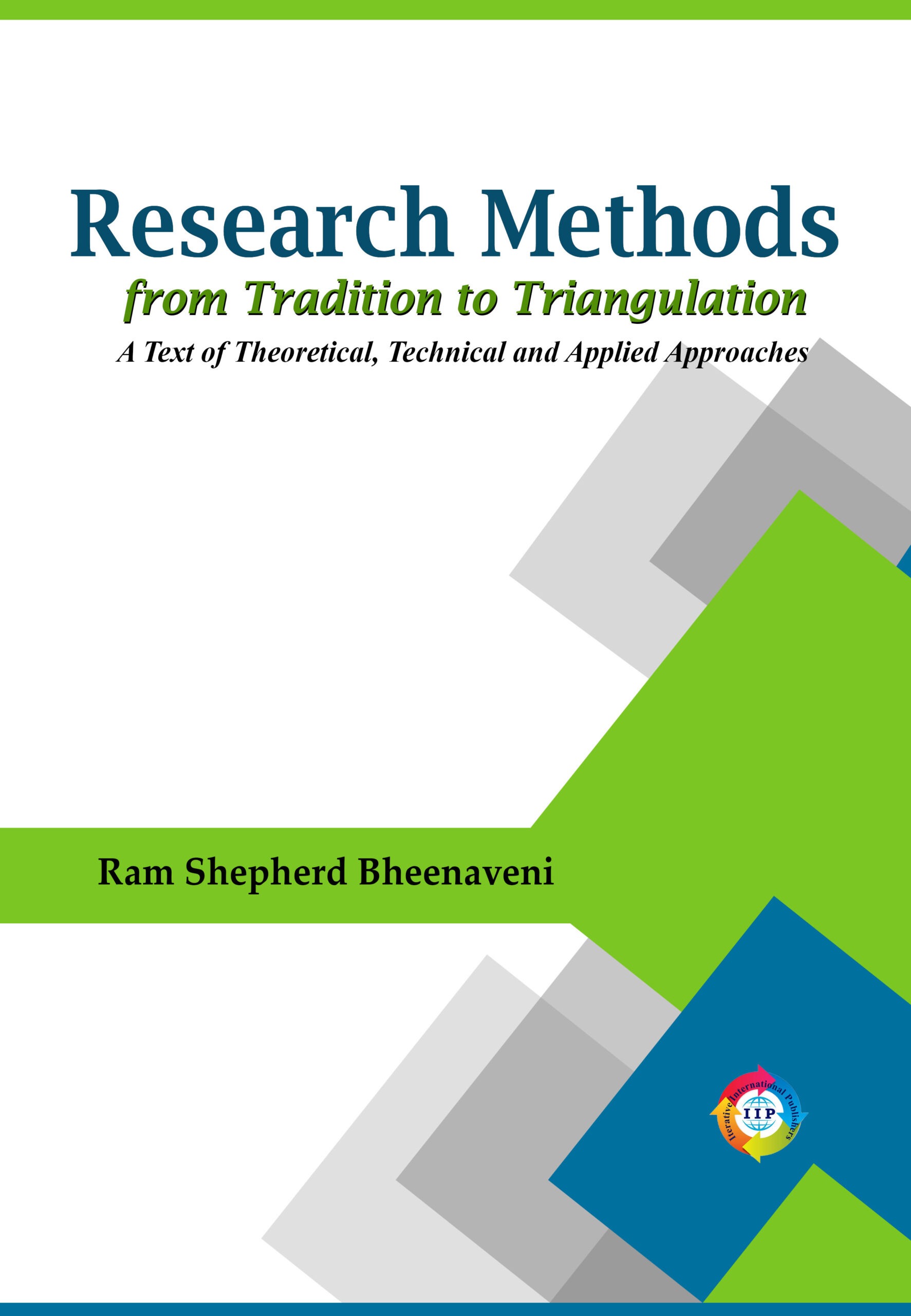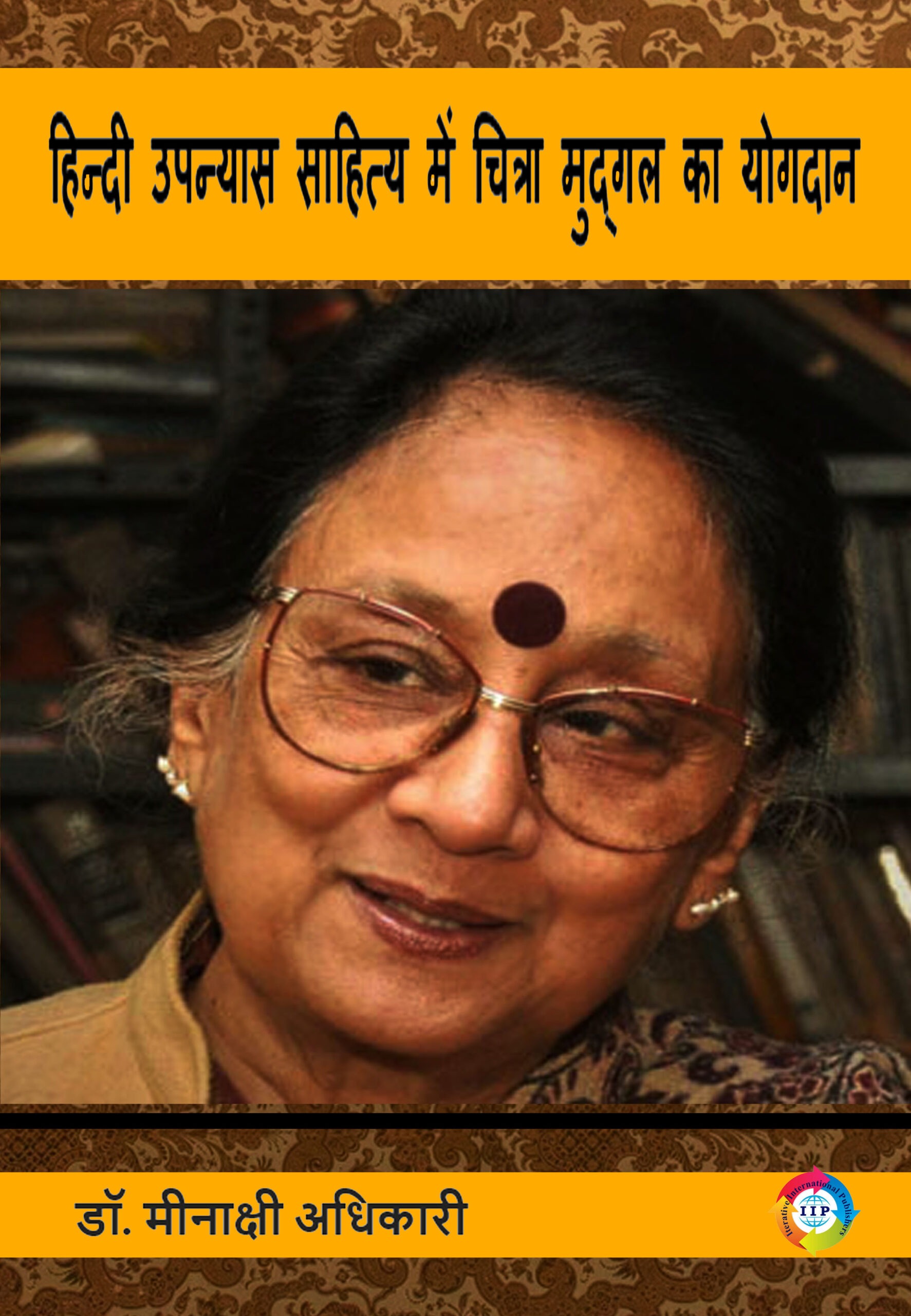In ancient times, human diseases were treated through plants. Ayurveda is a part of the medicine of ancient India. This medical system originated in India about 500 years ago. In India, the sacred Vedas, which date back between 3500 B.C. and 800 B.C., give many references to medicinal plants. The Rig Veda, dating between 3500 B.C. to 1800 B.C.,seems to be the earliest record available on medicinal plants. The earliest works of Ayurveda that we know today are the Samhitas of Caraka and Susruta (before 600 B.C.) modified and supplemented by later authors. The word Ayurveda is a combination of two Sanskrit words – ‘Ayush’, meaning ‘life’ and ‘Veda’ meaning ‘science’. Respectively, the word Ayurveda means ‘science of life’. It is a medical practice that focuses more on healthy living than cure. Its main goal is to cure the disease.
India is full of knowledge and wealth. What India can give to the whole world is its eternal source of knowledge. The ability to love all the people of the world is possible only for India. India can give a message of happiness, prosperity, and peace to all for the pursuit of philosophy, literature, and science of India. Just as the philosophy of India is unique in the whole world, the Ayurvedic scriptures of India can also lead the way in the study of new medicine in the world. This book is written for that purpose.
The successful discovery of new drugs, and their production and marketing, is a time-consuming process that can take anywhere from 10 to 15 years. Not surprisingly, in recent years, many studies have focused on the study of local natural medicine, which has already been used by residents of a particular area. Traditional knowledge has been passed down from generation to generation among the tribals. This traditional knowledge resource is being destroyed for urbanization and expansion of the industry. The new generation is slowly losing interest in this subject. And with this, the deep knowledge of Ayurveda in India has been lost. I felt the need to write this book with the aim of re-establishing this soul and adding more talent to research. India can give a lot to the West. The science of Ayurveda can show a new direction in modern medicine. That is why this research and later this book is an attempt to combine the knowledge of Ayurveda and modern science. This knowledge, which has been passed down from generation to generation in India, can bring new horizons in the way of modern research. That’s why I started writing this book.
This book points out how to research the medical system of plants in India. Here is a hands-on experiment on how to do a survey. Guidelines on how to complete a full study can be found here. In this book, a biologist will learn how to plan to complete an ethnographic survey. What should be done and what should not be done during research. Biologists will learn how to write a research paper. This book can be a great resource for researchers. The first step in the preparation of medicine in Ethnabatanical research is to apply different doses of the drug on different animals, especially on rats, guinea pigs. Researchers will be able to learn more about how to use different animals. The work that needs to be done in the laboratory in different studies requires a lot of care and adherence to the rules on which the success of the research depends. For this, a researcher has to be patient, even if he fails repeatedly, he should not be disappointed. This book explains everything step-by-step.









Reviews
There are no reviews yet.